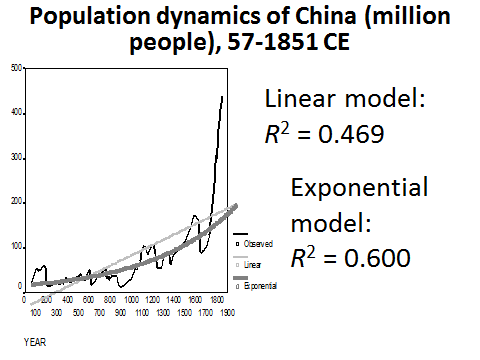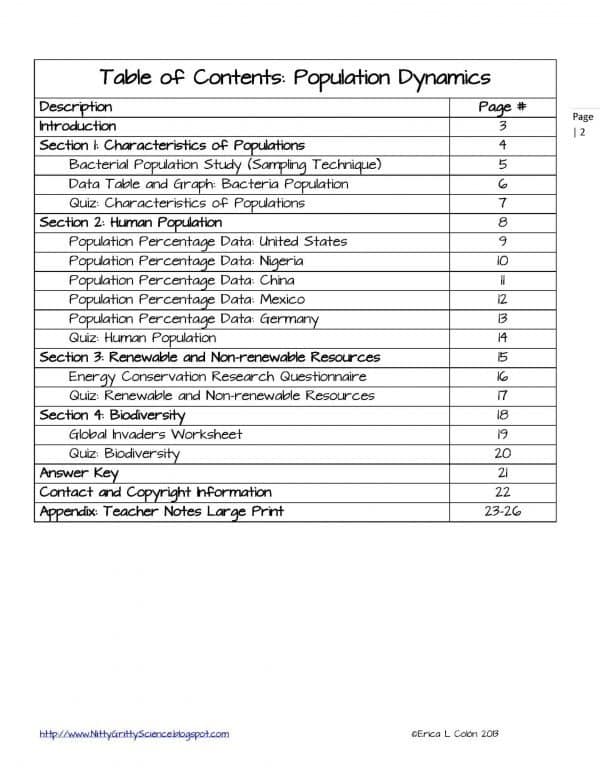
Next, change the names of the objects so that the original simulation results aren’t lost (call N Nssd ).

POPULATION DYNAMICS CALCULATOR CODE
Copy the necessary code from above and paste it into the chunk titled NSSD. Birth Rate The population will logically increase if there are more births than there are deaths or if the rate of death is lower or higher relative to the birthrate. Now that you know the SSD for this population, simulate the dynamics of a second population that also starts with 1400 individuals but at the SSD. Population growth rate (birth rate + immigration) - (death rate + emigration) 1. Once the population has reached its carrying capacity, it will stabilize and the exponential curve will level off towards the carrying capacity, which is usually when a population has depleted most its natural resources. The mode of operation and contents of a custom-made plug-in memory device for Hewlett-Packard HP41CV calculators (or HP41C with Quad Memory Module) are. Population growth relies on four basic factors: birth, death, immigration, and migration. Most populations do not grow exponentially, rather they follow a logistic model. (b) If the population size in 2000 was 6.5 billion, what is the projected. This can be written as the shown formula, valid for a sufficiently small time interval. (a) Assuming population growth is continuous, calculate r for the human population. Specifically, population growth rate refers to the change in population over a unit time period, often expressed as a percentage of the number of individuals in the population at the beginning of that period. The “population growth rate” is the rate at which the number of individuals in a population increases in a given time period, expressed as a fraction of the initial population. In biology or human geography, population growth is the increase in the number of individuals in a population. Population growth occurs when the segment of the population currently in its childbearing years (ages 15-44 bars 4-9 on the graphs) has produced a generation larger than itself (bars 1-3). Exponentiating, This equation is called the law of growth and, in a much more antiquated fashion, the Malthusian equation the quantity in this equation is sometimes known as the Malthusian parameter. At the population level, variability among. Population Dynamics The simplest of all the growth processes which provide models for popula-tion dynamics is exponential growth. It has the widest base, and the largest percentage of the population in pre-reproductive and reproductive years. To calculate l1, survivorship from age 0 to age 5, subtract the. With help of this calculator you can: find the matrix determinant. Population Dynamics: Ferris, Wilson 373 netic recombination parthenogenesis as an adaptation to the parasitic mode dia- pause, aestivation, and cryptobiosis as mechanisms of survival of adverse condi- tions and special mechanisms including host recognition and width of range. You will use demographic data compiled from human birth and death rates on cemetery. Let's apply perturbations to the same matrices used in the script of introduction to transition matrices.They are real data of cactus populations Escobaria robbinsorum and of the palm heart Euterpe edulis. will the population go extinct population-dynamics population-biology Share. There are more robust methods with more accurate answers, but the calculations are more complex and less intuitive (see section “ to lear more”).

This method is called by some authors of “the easy brute force method”. Basically, what we will do is vary slightly each of the values of the transition matrix at a time and see how the asymptotic growth rate ($\lambda $) changes. In this exercise we will use a numerical method of perturbation of the transition matrix to calculate the contribution to the growth rate of each probability in the matrix. Sensitivity measures the absolute contribution, while elasticity is a relative measure of that contribution. Studies of air pollution in California, for instance, suggest that a 10 percent increase in population at the. tried to calculate the relationship between population growth and pollution increases. The work was conducted in RAND’s Labor and Population program. Sensitivity and elasticity measure the contribution of each element of the transition matrix to the composition of the growth rate ($\lambda $, or lambda). between population dynamics and the natural environment.

They are powerful tools both for the understanding of different life history strategies and for the management of threatened populations, or even for their sustainable use. The amounts that express this are called sensitivity and elasticity. An important tool in the analysis of matrix population models is to understand how the transition and permanence probabilities of each class affect population growth.


 0 kommentar(er)
0 kommentar(er)
